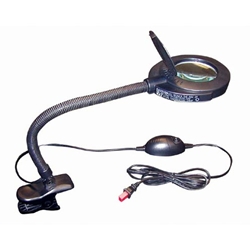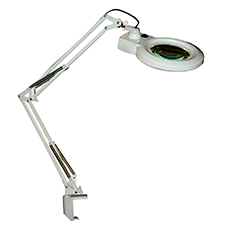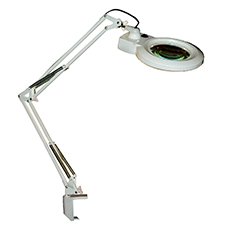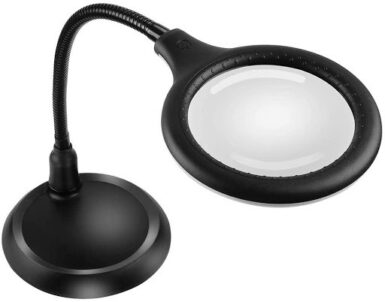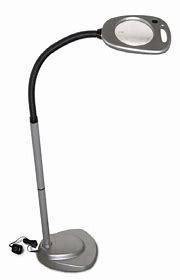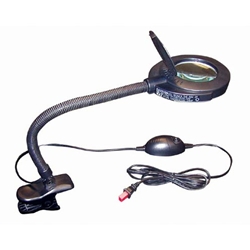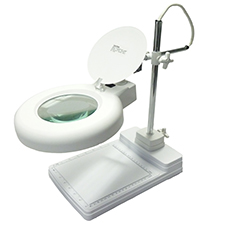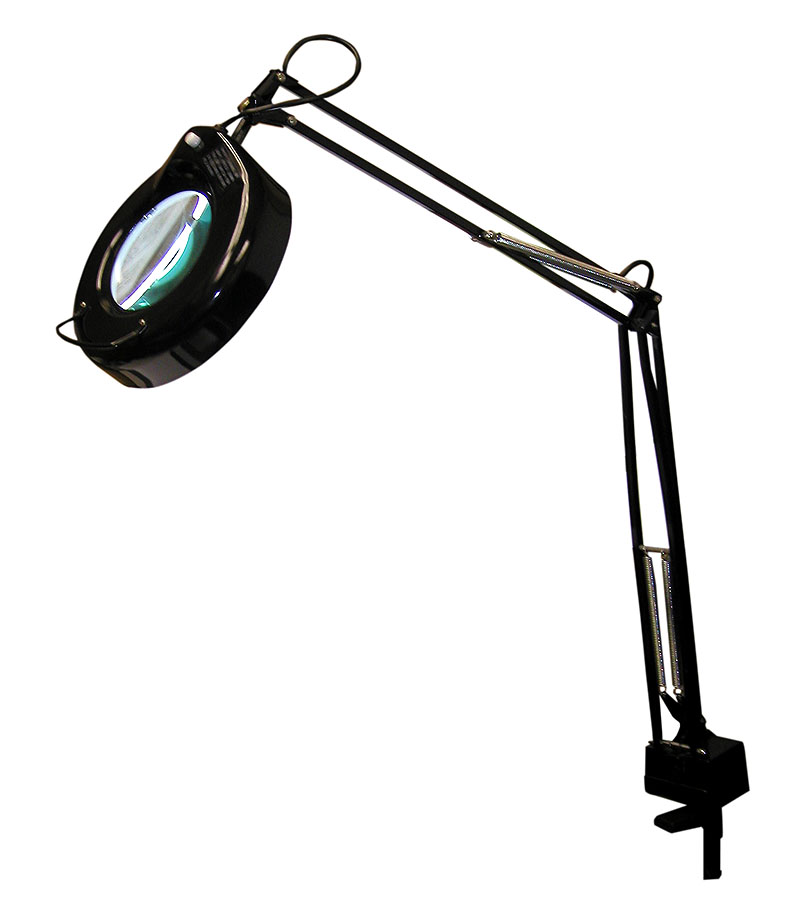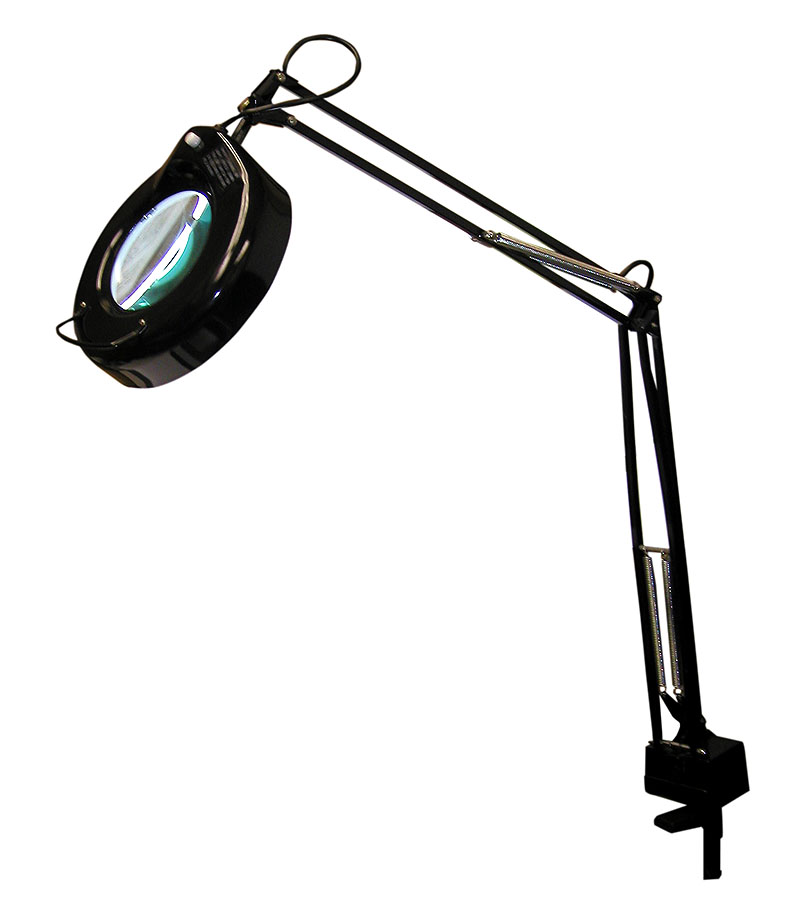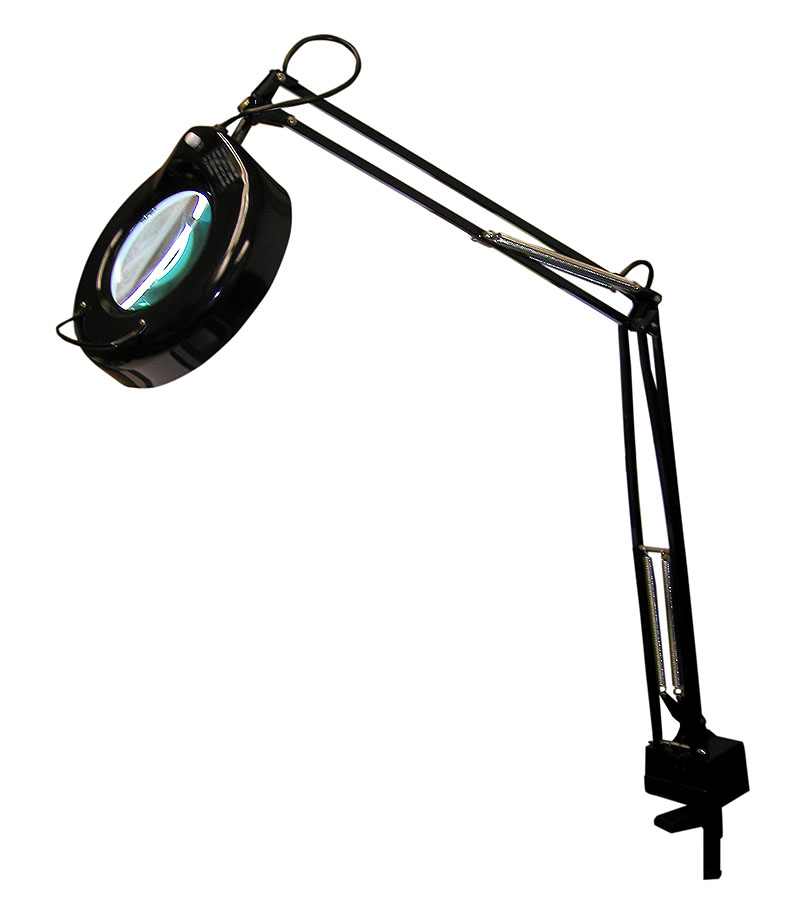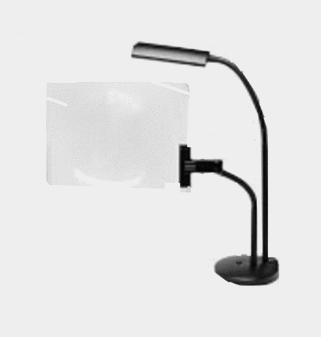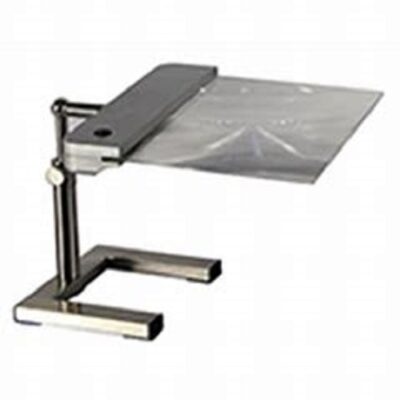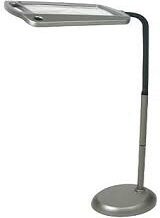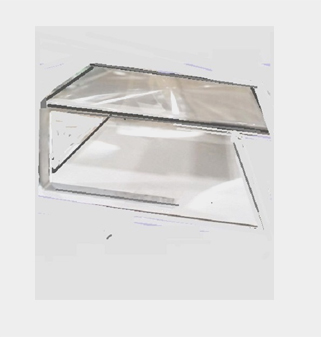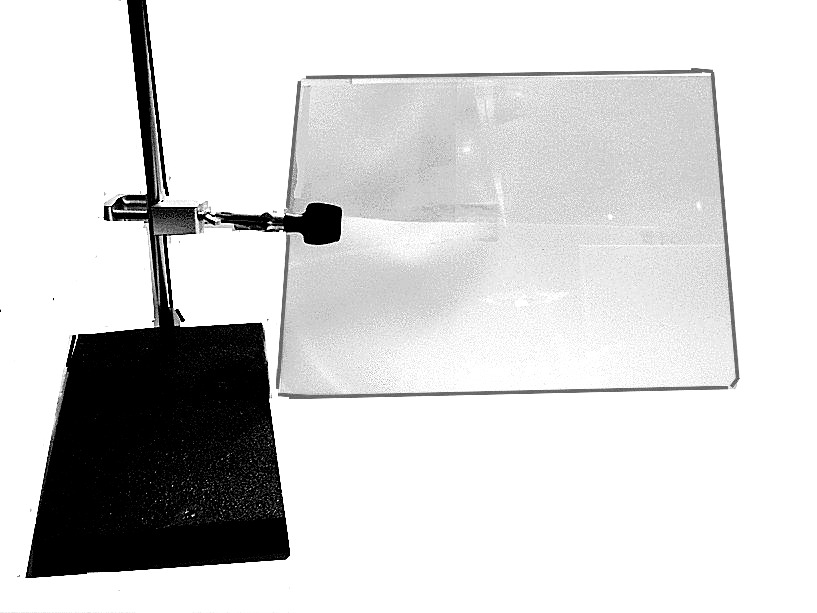"Discover the Power of a Desktop Magnifying Glass | Enhance Your Vision and Precision"
The purpose of a desktop magnifying glass is to provide enhanced visibility and magnification for a variety of tasks. It serves as a valuable tool for viewing small objects and bringing them into focus, allowing for the observation of fine details that may be difficult to see with the naked eye.
By magnifying text, a desktop magnifying glass or a table magnifying glas helps with reading small print in books, documents, or on computer screens. It is often used for inspecting and examining objects closely, enabling the identification of intricate details such as markings, engravings, or imperfections on coins, stamps, jewelry, or other collectibles. In precision work, such as jewelry making, watch repair, or electronics assembly.
Desktop Magnifying Glass Lamps LED
Fluorescent Desktop Magnifying Glass Lamps
- The advantage of a convex LED or fluorescent table magnifying glass with light and desktop magnifying glass lamp is that they provide strong magnification,
- They are hands free for working with small parts, can be used for long periods of time and provide better visibility without eyestrain.
- A convex lens permits higher magnification as compared to a Fresnel lens but has a smaller field of view.
Page Desktop Magnifying Glass
Large magnifiers for large area viewing.
- The advantage of a Fresnel large desktop magnifying glass with light magnifying glas for desktop is that they provide magnification of a large area and are hands free.
- A Fresnel full page desk magnifying glass consists of a flat plastic lens with concentric grooves that permits large area magnified viewing.
FLAT RATE POSTAGE $8.00 PER ENTIRE ORDER:
Order as many magnifiers as you would like.
Your postage will always be $8.00 per order.
You may mix or match.
Alaska, Hawaii and international orders excluded
Desktop Magnifying Glass Information
A desktop magnifying glass and a table magnifying glass are similar tools used for magnifying small objects or text. The main difference lies in the design and usage, with a table magnifying glass typically referring to a magnifying glass attached to a stand or clamp with a built-in light source, and a desktop magnifying glass referring to a stand alone magnifying glass designed for use on a desk or table
.
A desktop magnifing glass is also known as a magnifying glass for desktop, table magnifying glass and tabletop magnfying glass
- When purchasing a tabletop magnifying glass, there are several factors to consider.
- Lens Size and Magnification Power: Smaller lenses with greater curvature will make objects appear larger. Consider the level of magnification you require for your specific tasks.
- Intended Use: Determine the primary purpose for which you need the magnifying glass. Different tasks may require different types of magnifiers. For prolonged, hands-free use, a tabletop magnifier with a stand or clip is practical.
- Additional Features: Some tabletop magnifiers come with built-in lights, which can be beneficial for tasks that require extra illumination. However, keep in mind that a built-in light may add weight to the magnifying glass.
Maintenance of a Desktop Magnifying Glass
To ensure the longevity and optimal performance of your magnifier, consider the following maintenance tips:
- Cleaning: Regularly clean the lens of the magnifying glass using a soft, lint-free cloth or lens cleaning solution. Avoid using abrasive materials or harsh chemicals that may damage the lens.
- Storage: When not in use, store the magnifying glass in a protective case or pouch to prevent dust, scratches, or accidental damage.
- Handling: Handle the magnifying glass with clean hands to avoid transferring oils or dirt onto the lens. Avoid placing excessive pressure on the lens, as it may cause distortion or damage.
- Avoid Extreme Temperatures: Keep the magnifying glass away from extreme temperatures, as sudden temperature changes can cause the lens to crack or warp.
What is magnification https://en.wikipedia.org/wiki/Magnification
What is a Magnifying Glass https://en.wikipedia.org/wiki/Magnifying_glass
Types of Simple Lenses https://en.wikipedia.org/wiki/Lens#Types_of_simple_lenses
Jewelers Loupes https://en.wikipedia.org/wiki/Loupe#Jewellers_and_gemologists
Fresnel lens https://en.wikipedia.org/wiki/Fresnel_lens

